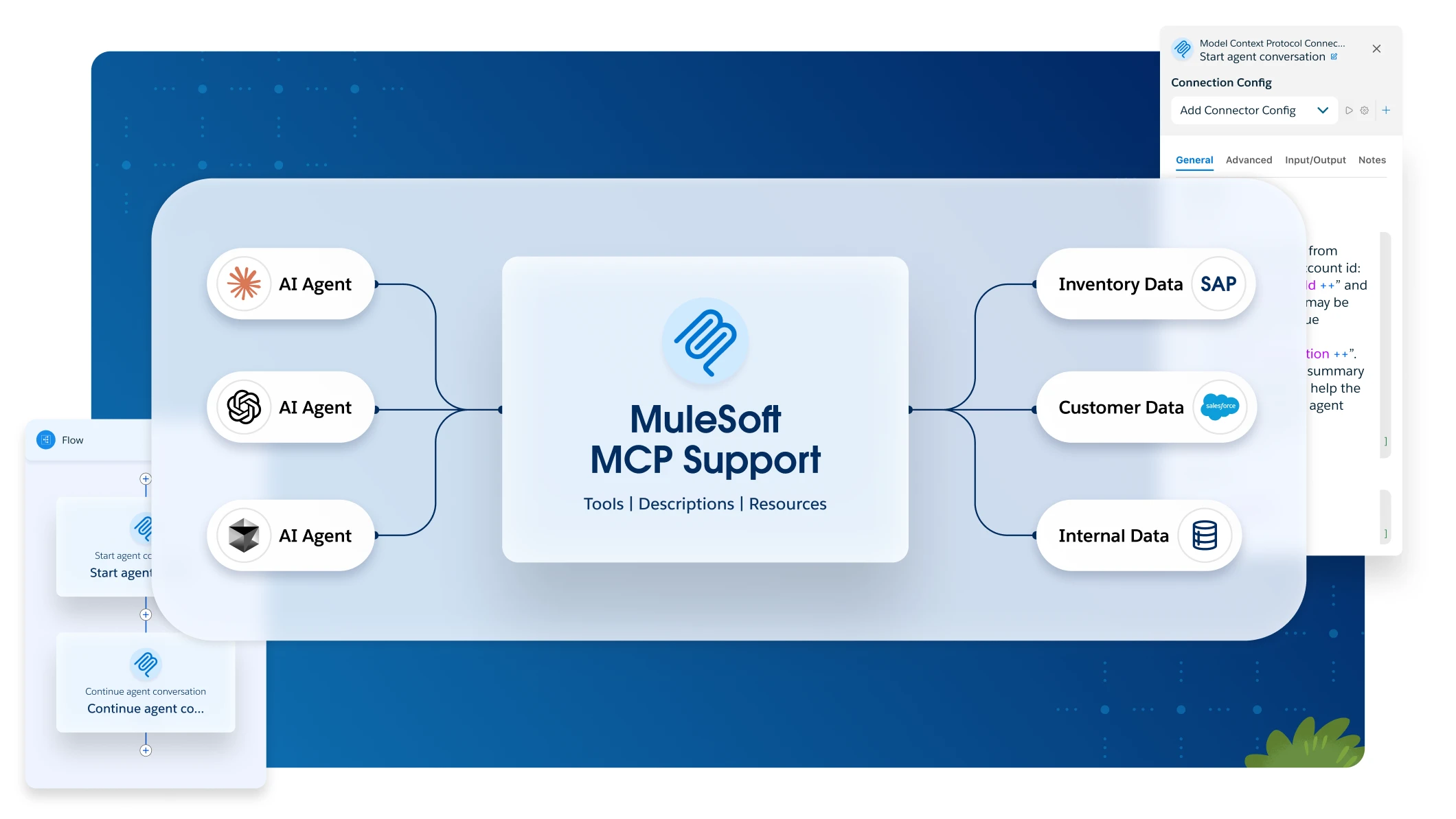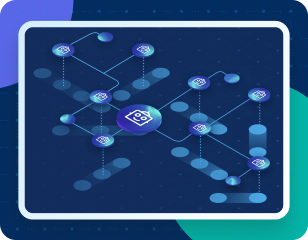As the business landscape continuously evolves, technology isn’t just a support function; it’s a key driver of innovation and competitive advantage. For many organizations, years of investment in legacy integration middleware – solutions once crucial for connecting systems and enabling operations – now feel like an anchor, hindering productivity and innovation.
While these legacy systems provided stability and reliability for years, they increasingly struggle to keep pace with evolving technologies and modern business demands. In fact, according to 83% of IT leaders, every delay in their digital transformation journey – particularly in legacy modernization – represents a missed opportunity to capture revenue. It’s clear that relying on legacy middleware has become unsustainable.
This situation begs the questions: What is legacy modernization, and why is migrating off these older legacy systems so critical now?
What is legacy modernization?
Legacy modernization, in the context of middleware, means migrating away from outdated integration software and architectures to modern, agile platforms. This involves replacing rigid, monolithic, point-to-point integration architectures with distributed, flexible architectures that can operate across multi-cloud, hybrid, and on-premises environments.
It’s about moving from proprietary formats that limit interoperability to open formats that promote easy data exchange, and adopting universal API management instead of dealing with limited API visibility. Ultimately, it’s about transforming your IT infrastructure to be more adaptable, efficient, and future-ready.
4 reasons now is the time to migrate
The reasons organizations choose to migrate vary, but they all point toward one overarching goal: modernizing and preparing your business for the future.
1. Unlock significant benefits
Migrating off legacy middleware provides a range of modernization benefits that will impact your organization’s continued success. These include:
- Cost reduction: Move away from high maintenance costs and potentially bloated legacy vendor contracts to API- and cloud-based solutions to lower both maintenance and capital expenditure costs.
- Future-proof solutions: Reduce risks and migration challenges associated with unsupported legacy integration solutions to a modern platform that ensures continuity of operations and mitigate risks.
- Enhanced ability to innovate: Provide the products, people, and processes that enable your teams to focus on strategic initiatives that deliver business value, rather than maintenance and operations.
- Cloud migration: Migrate from legacy integrations and systems to the cloud to not only modernize your infrastructure and align with industry best practices, but to also improve accessibility, scalability, flexibility, and cost efficiency.
- Improved security: Stop relying on third-party products or additional staff to fill security gaps of legacy systems, and migrate to a modern platform that hardens your security and protects sensitive data.
- Strategic prioritization of integration: Prioritize modern integration to unlock the full potential of your data and systems, optimize resource deployment, and strategically pivot towards innovative technologies.
2. Stay ahead of the AI curve
AI presents immense opportunities and continues rapidly evolving. However, 95% of IT leaders report integration as a hurdle to implementing AI effectively. This is especially true for organizations using legacy integrations, which struggle to deliver the extensive data and real-time processing required by AI and large language models (LLMs).
Legacy systems, often deployed on-premises and relying on batch data movement, can’t support the immense volume of data needed at scale. Connectivity gaps also make integrating AI models with legacy systems complex and time-intensive. Finally, for optimal AI results, data needs to be discoverable and accessible anytime, with proper safeguards, but it’s nearly impossible for legacy middleware to provide these absolutely necessary capabilities.
3. Hire and retain top talent
A widening IT skills gap makes maintaining legacy integrations increasingly challenging. Expertise in older technologies is becoming rare as professionals retire or transition. Many of today’s developers aren’t proficient in yesterday’s technology.
At the same time, 86% of IT leaders expect workloads to rise by an average 18% increase in the number of projects their departments will have to deliver. Migrating off legacy systems and providing IT teams with modern tools and systems crucial for productivity and innovation, and also significantly contributes to talent retention and recruitment.
4. Adapt to the changing vendor landscape
Many legacy middleware vendors have been acquired, in whole or in part. These acquisitions often lead to reduced investments in product development and innovation, as well as changes to vendors’ strategies, products, services, and pricing. Consequently, customers may end up paying more for outdated products and services that no longer meet their needs.
Legacy modernization drives long-term success
Migrating off of legacy middleware is more than just a technical upgrade; for businesses to remain competitive and relevant, it’s essential. A modern, composable platform like MuleSoft enables organizations to reduce costs, enhance efficiency, strengthen security, future-proof their IT infrastructure, and embrace AI to position themselves for long-term success.
Breaking free from your legacy middleware with MuleSoft is a critical step to avoid accumulating more technical debt, falling behind the competition, and missing out on valuable growth opportunities. By understanding what legacy modernization entails and the compelling reasons to act now, you can begin to chart a course to future-proof your business.
Want to know more? Discover how to accelerate your legacy modernization with UNIFY from MuleSoft.









